Swimming in open water presents a unique set of challenges, one of the most critical being the body's ability to regulate temperature. Unlike controlled environments like pools, open water—whether lakes, rivers, or oceans—exposes swimmers to fluctuating temperatures, currents, and weather conditions. Understanding how the body adapts to these conditions is essential for both recreational swimmers and endurance athletes.
The human body maintains a core temperature of approximately 37°C (98.6°F), a balance that can be quickly disrupted in cold water. When immersed, heat is lost through conduction at a rate much faster than in air. The initial shock of cold water triggers the "cold shock response," an involuntary gasp reflex followed by hyperventilation. This reaction can be dangerous, increasing the risk of drowning if not managed properly. Over time, however, the body begins to adapt through vasoconstriction, where blood vessels narrow to reduce heat loss from the extremities.
Acclimatization plays a significant role in open water swimming. Repeated exposure to cold water teaches the body to conserve heat more efficiently. Swimmers who train regularly in open water develop a higher tolerance for lower temperatures, partly due to increased brown fat activation—a type of fat that generates heat. Additionally, the body learns to delay the onset of shivering, which, while a natural heat-producing mechanism, can impair coordination and stamina.
Hydration and nutrition are often overlooked aspects of thermoregulation. Dehydration impairs the body's ability to circulate blood effectively, making it harder to maintain core temperature. Conversely, consuming warm fluids before a swim can provide a temporary buffer against the cold. High-energy foods, particularly those rich in healthy fats, offer long-lasting fuel that the body can use to generate heat during prolonged exposure.
The dangers of hypothermia cannot be overstated. When core temperature drops below 35°C (95°F), cognitive and motor functions decline rapidly. Symptoms include confusion, slurred speech, and loss of coordination—all of which are life-threatening in open water. Swimmers must recognize early warning signs, such as intense shivering or numbness, and exit the water immediately. Wearing appropriate gear, like wetsuits or thermal caps, can extend safe swimming time but should not replace vigilance.
On the opposite end of the spectrum, warm open water poses its own risks. In tropical climates or during heatwaves, water temperatures may rise enough to hinder the body's cooling mechanisms. Unlike air, water does not allow for evaporative cooling, meaning sweat cannot effectively reduce body heat. Overheating can lead to heat exhaustion or heat stroke, conditions that require prompt intervention. Swimmers in warm environments should prioritize hydration and seek shade during breaks.
Technology has introduced new tools for monitoring thermoregulation. Wearable devices can now track core temperature trends in real-time, alerting swimmers to dangerous fluctuations. Innovations in wetsuit design, such as variable thickness and breathable materials, offer better temperature control. However, these advancements should complement, not replace, traditional safety practices like swimming with a buddy and understanding local water conditions.
The psychological aspect of thermoregulation is equally important. Fear and anxiety amplify the perception of cold, triggering a stress response that accelerates heat loss. Mental training techniques, such as visualization and controlled breathing, can help swimmers remain calm and conserve energy. Many seasoned open water athletes attribute their success to a combination of physical preparation and mental resilience.
Children and older adults face heightened risks in open water due to differences in body composition and thermoregulatory efficiency. Children lose heat faster because of their higher surface-area-to-mass ratio, while older adults may have reduced circulation and muscle mass. Tailored precautions, such as shorter swim durations and additional insulation, are necessary for these groups.
Environmental factors further complicate thermoregulation. Wind chill on wet skin can drastically increase heat loss, even in relatively mild water. Conversely, sunny conditions may create a false sense of warmth, leading to overexertion. Swimmers must account for these variables when planning their sessions, adjusting for time of day and weather forecasts.
Research continues to uncover new insights into how the body adapts to aquatic environments. Studies on elite channel swimmers, for example, reveal genetic and physiological traits that enhance cold tolerance. While not everyone can develop these traits to the same degree, targeted training can improve individual performance and safety.
Ultimately, successful thermoregulation in open water hinges on preparation and respect for the environment. Whether swimming for leisure or sport, understanding your body's signals and limits is paramount. The water demands humility—those who listen to their bodies and heed its warnings will find open swimming a rewarding and sustainable pursuit.

By James Moore/May 9, 2025

By Christopher Harris/May 9, 2025

By Elizabeth Taylor/May 9, 2025

By Amanda Phillips/May 9, 2025

By Daniel Scott/May 9, 2025
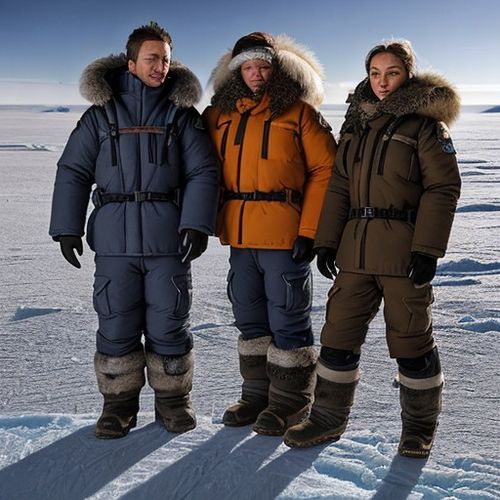
By Laura Wilson/May 9, 2025

By Christopher Harris/May 9, 2025

By William Miller/May 9, 2025

By Jessica Lee/May 9, 2025

By Noah Bell/May 9, 2025

By Amanda Phillips/May 9, 2025

By Samuel Cooper/May 9, 2025
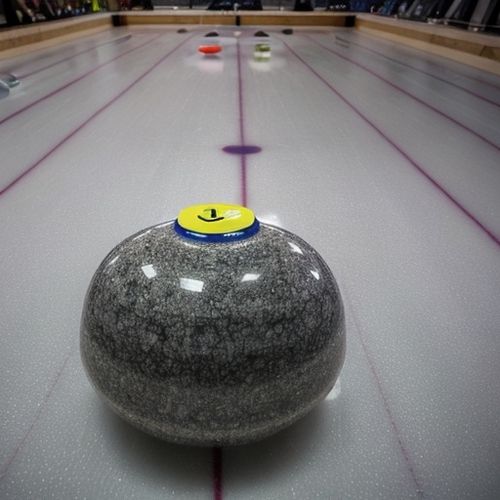
By William Miller/May 9, 2025

By Olivia Reed/May 9, 2025

By Natalie Campbell/May 9, 2025

By Sophia Lewis/May 9, 2025
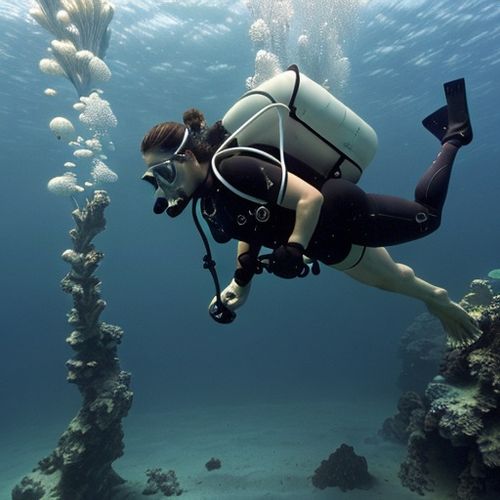
By Sarah Davis/May 9, 2025
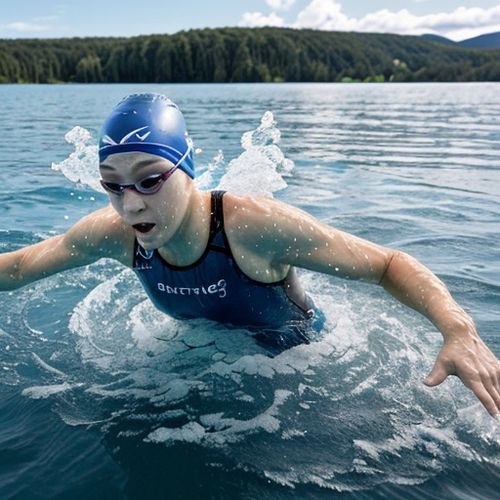
By Grace Cox/May 9, 2025
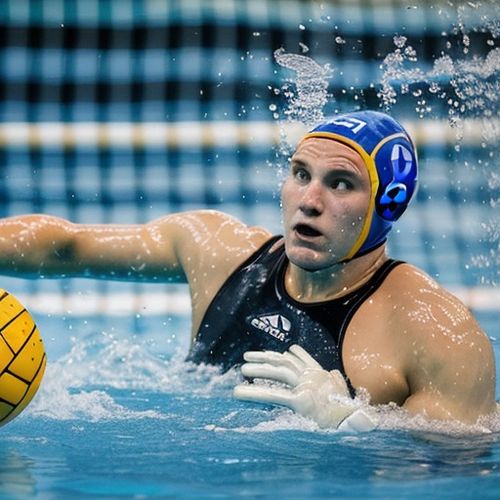
By John Smith/May 9, 2025
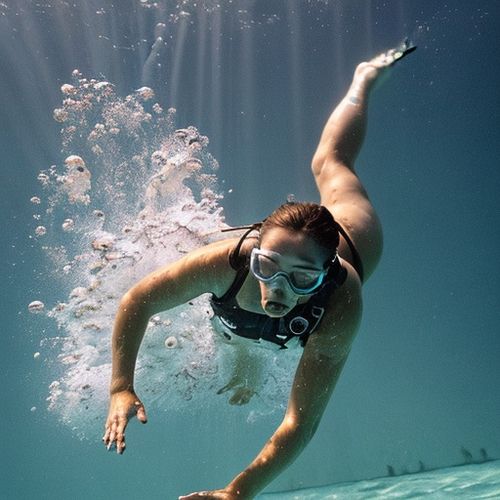
By Noah Bell/May 9, 2025